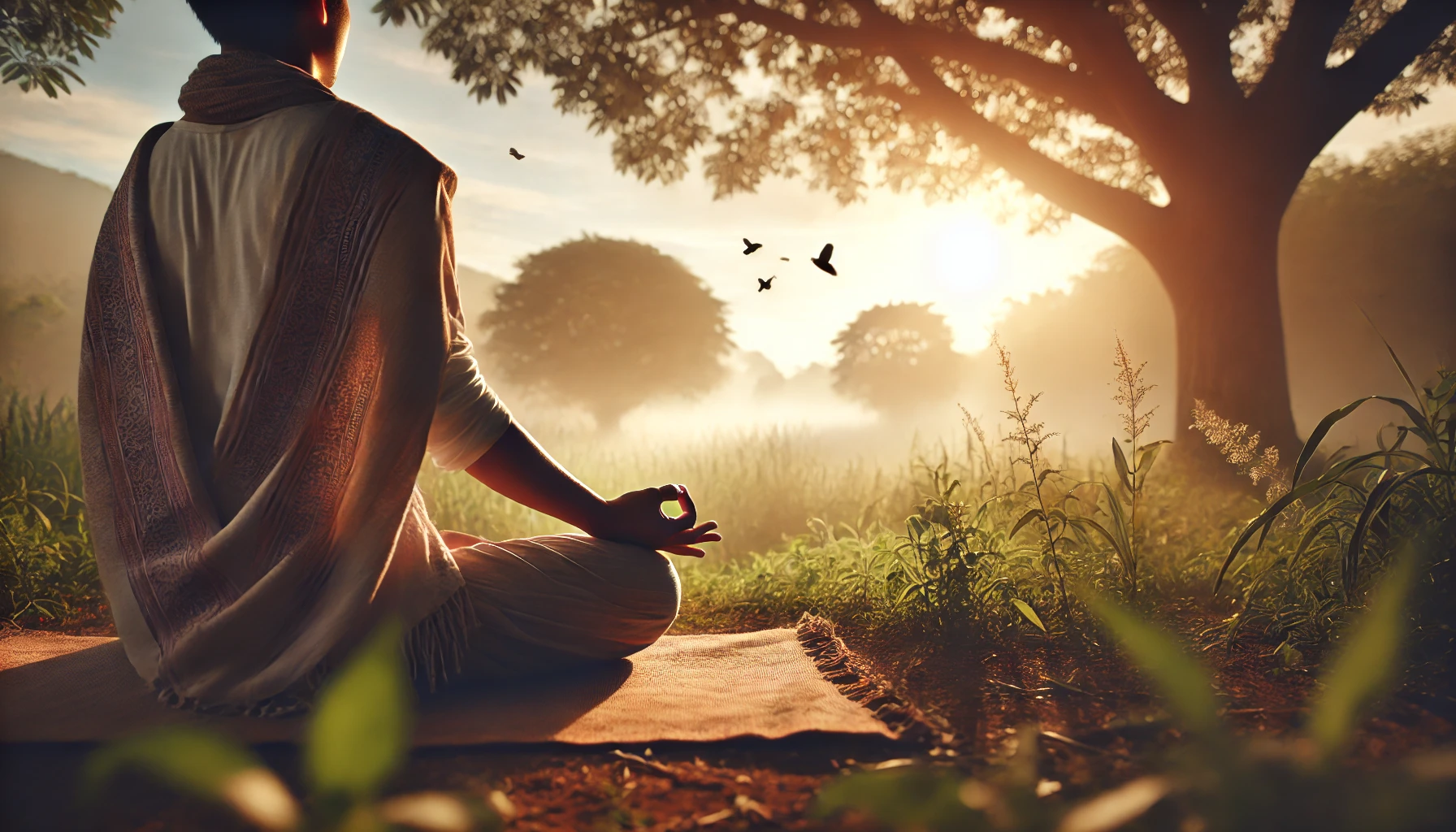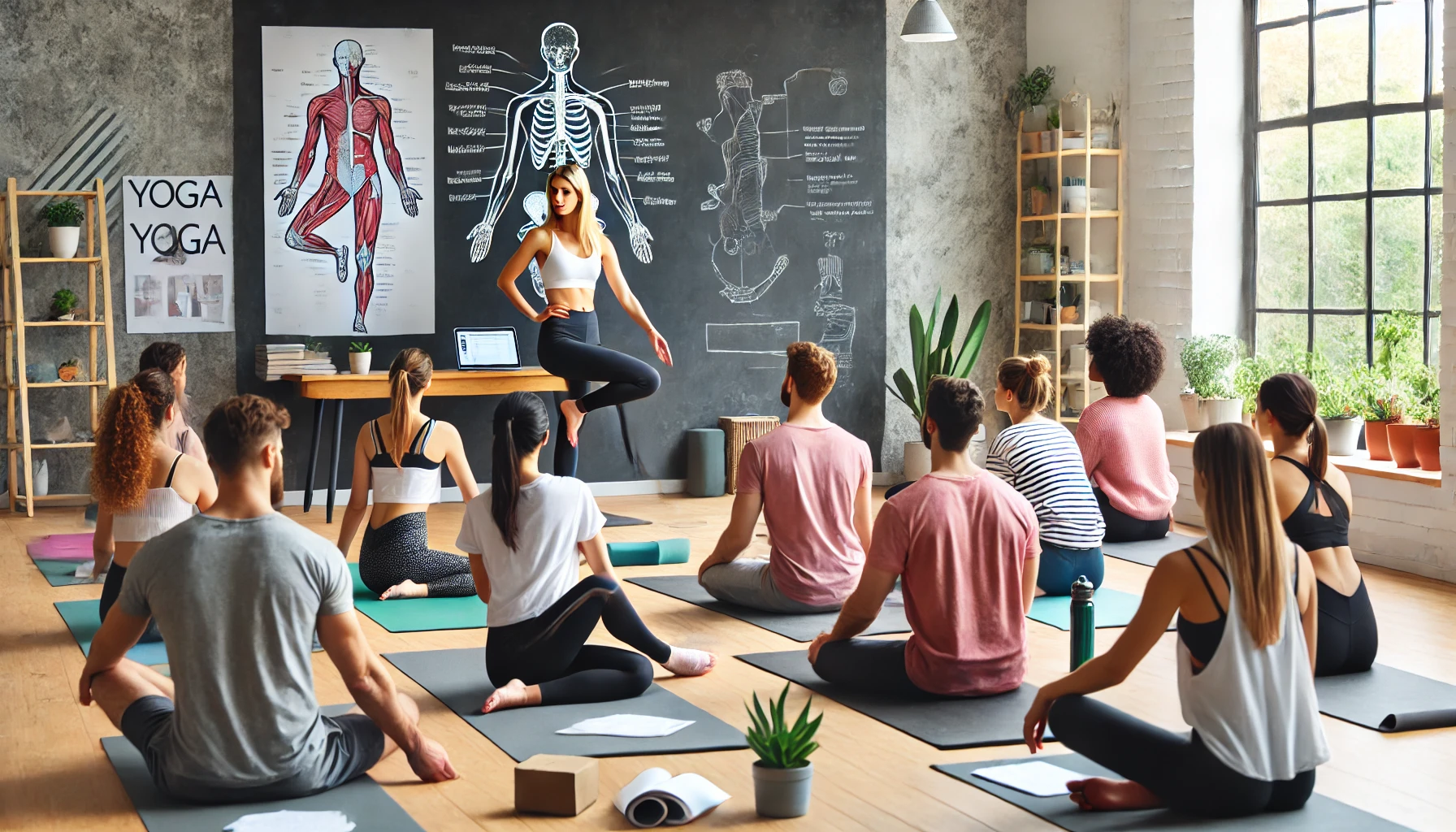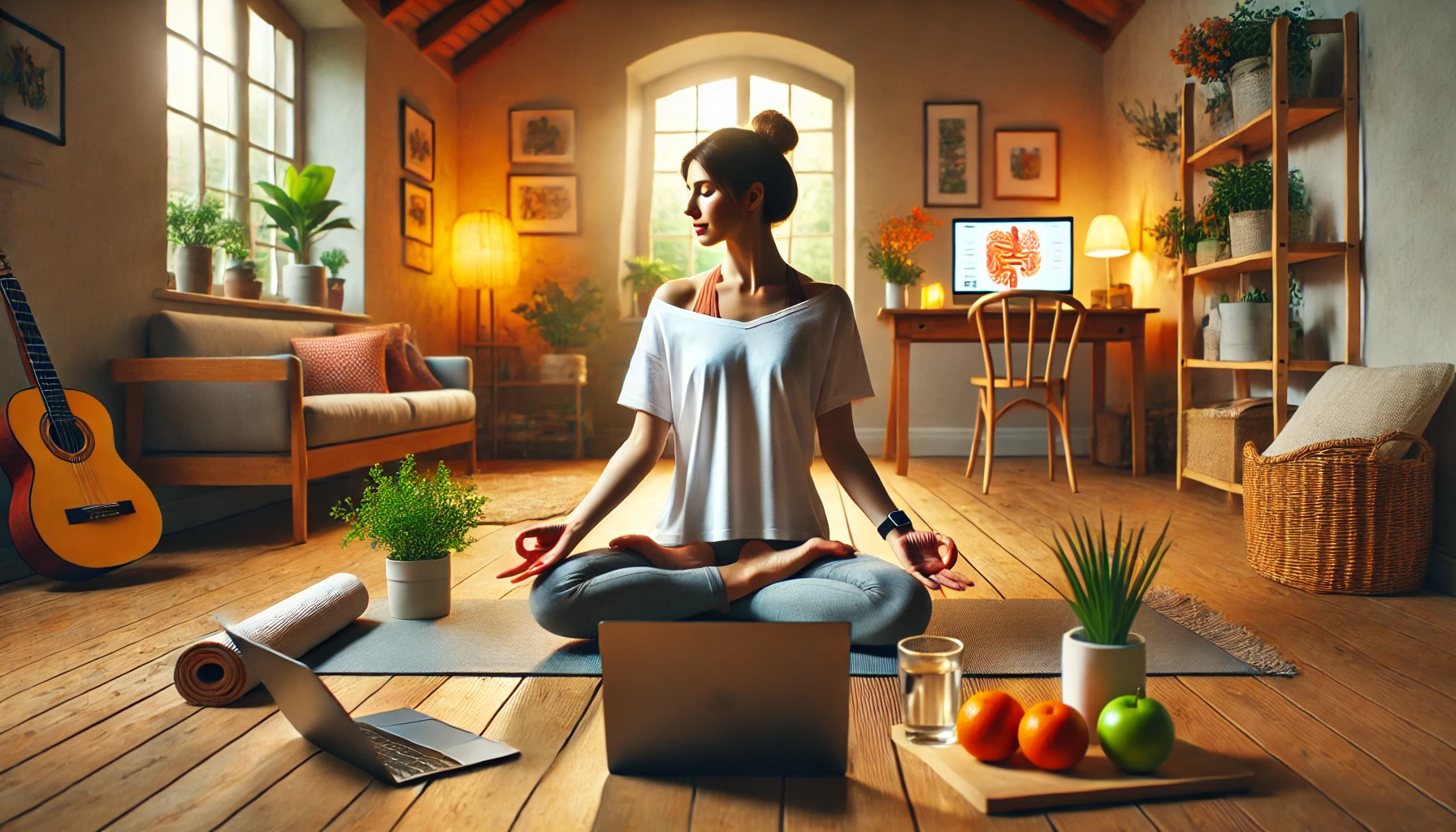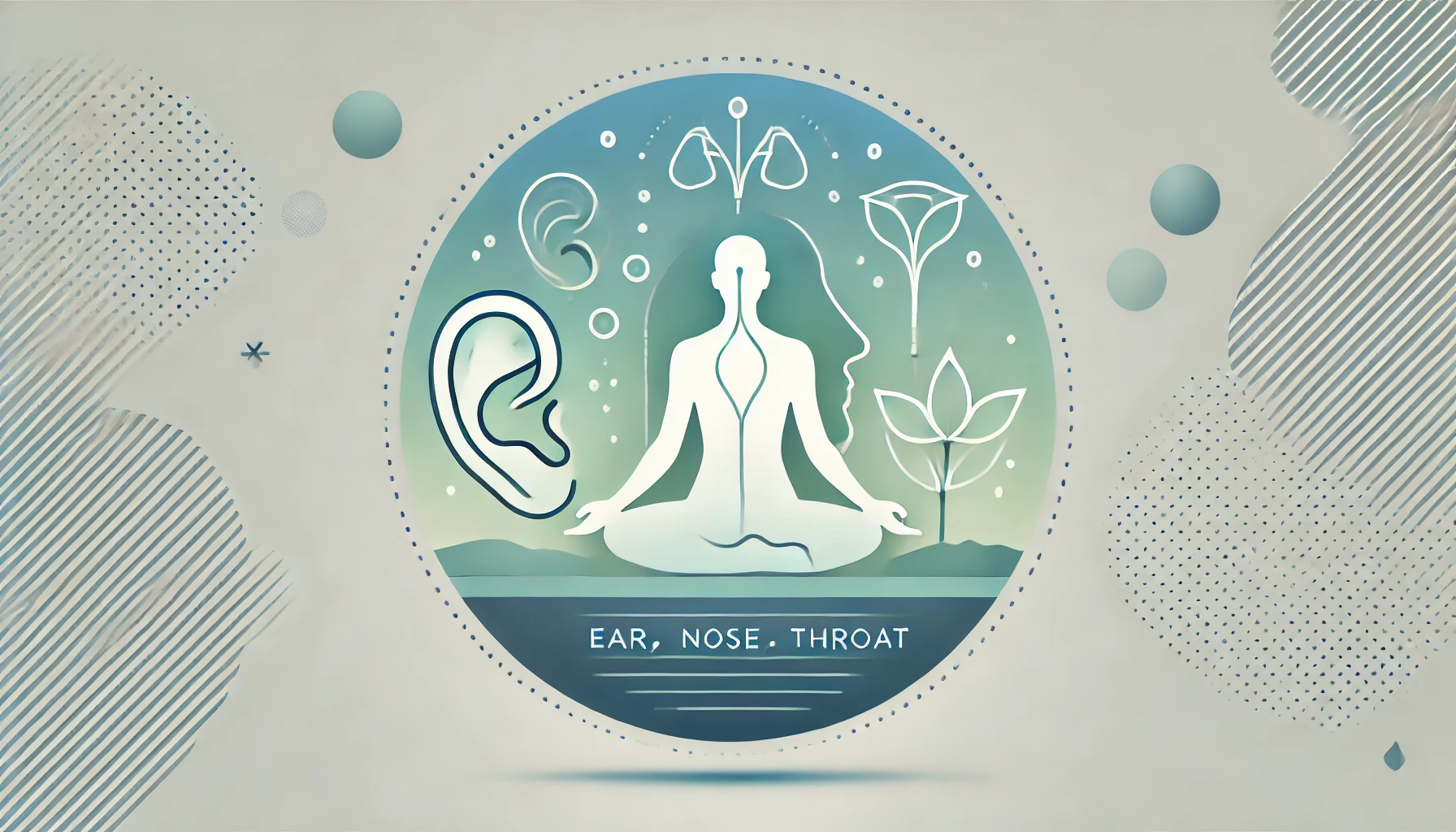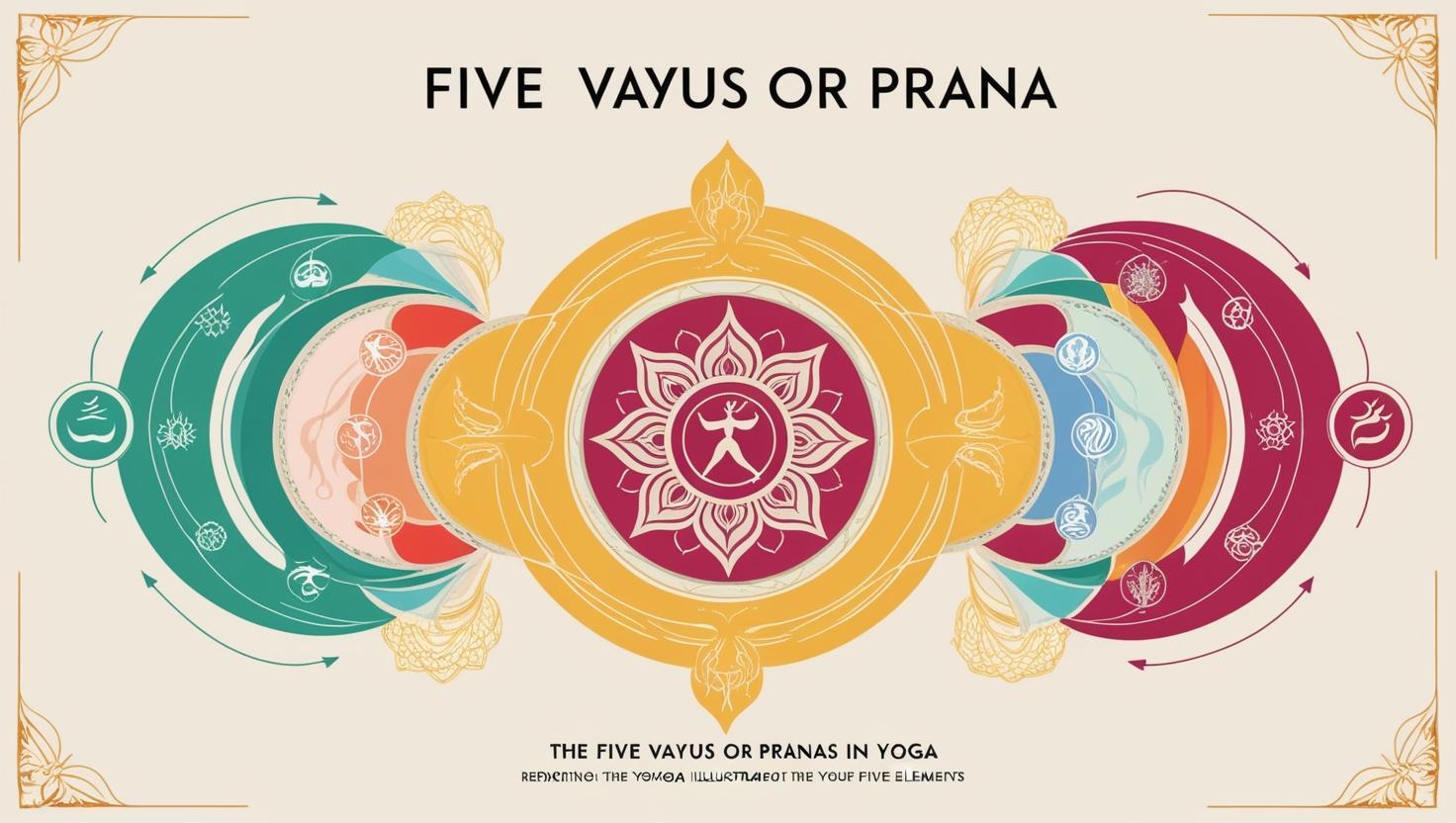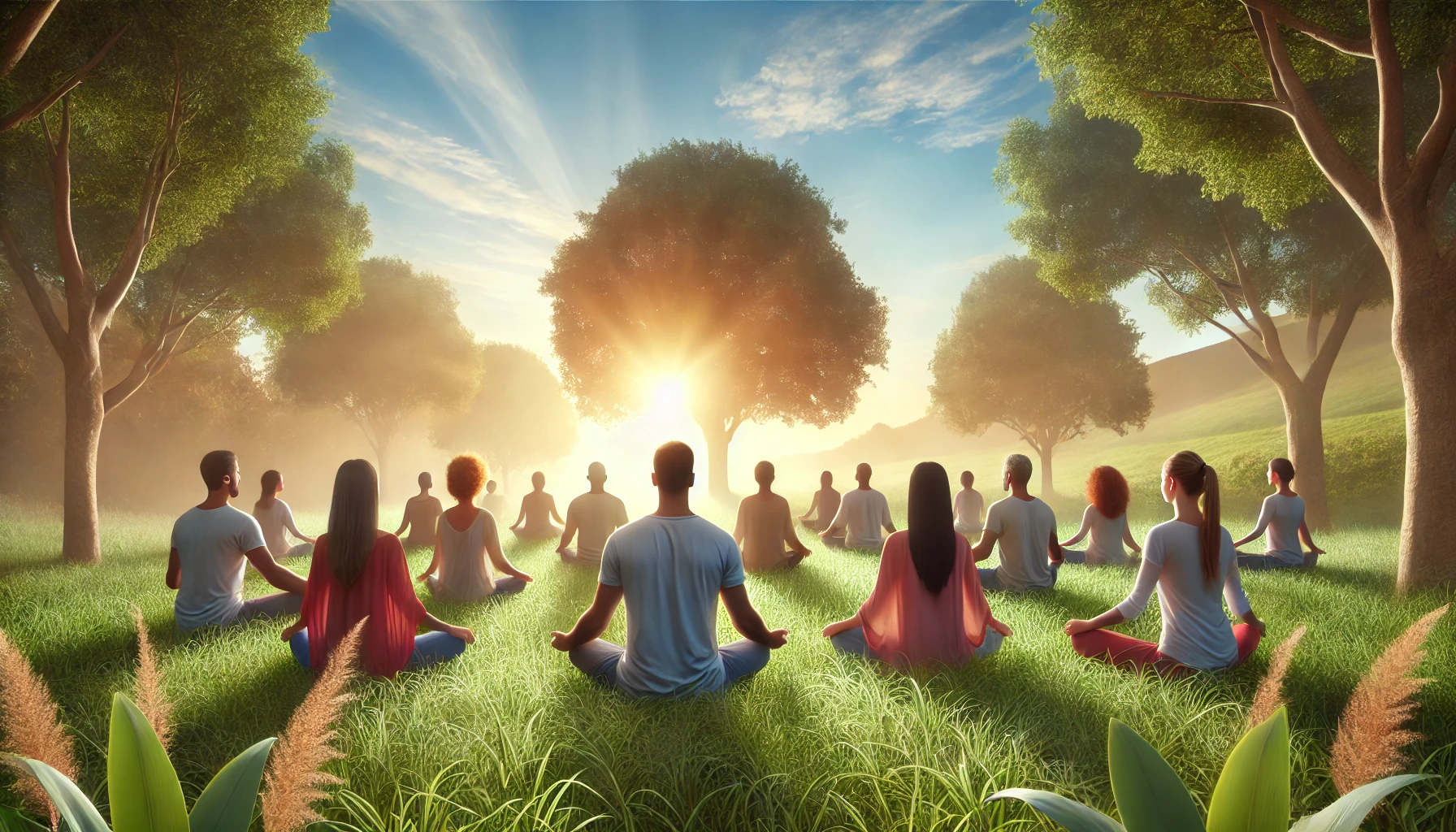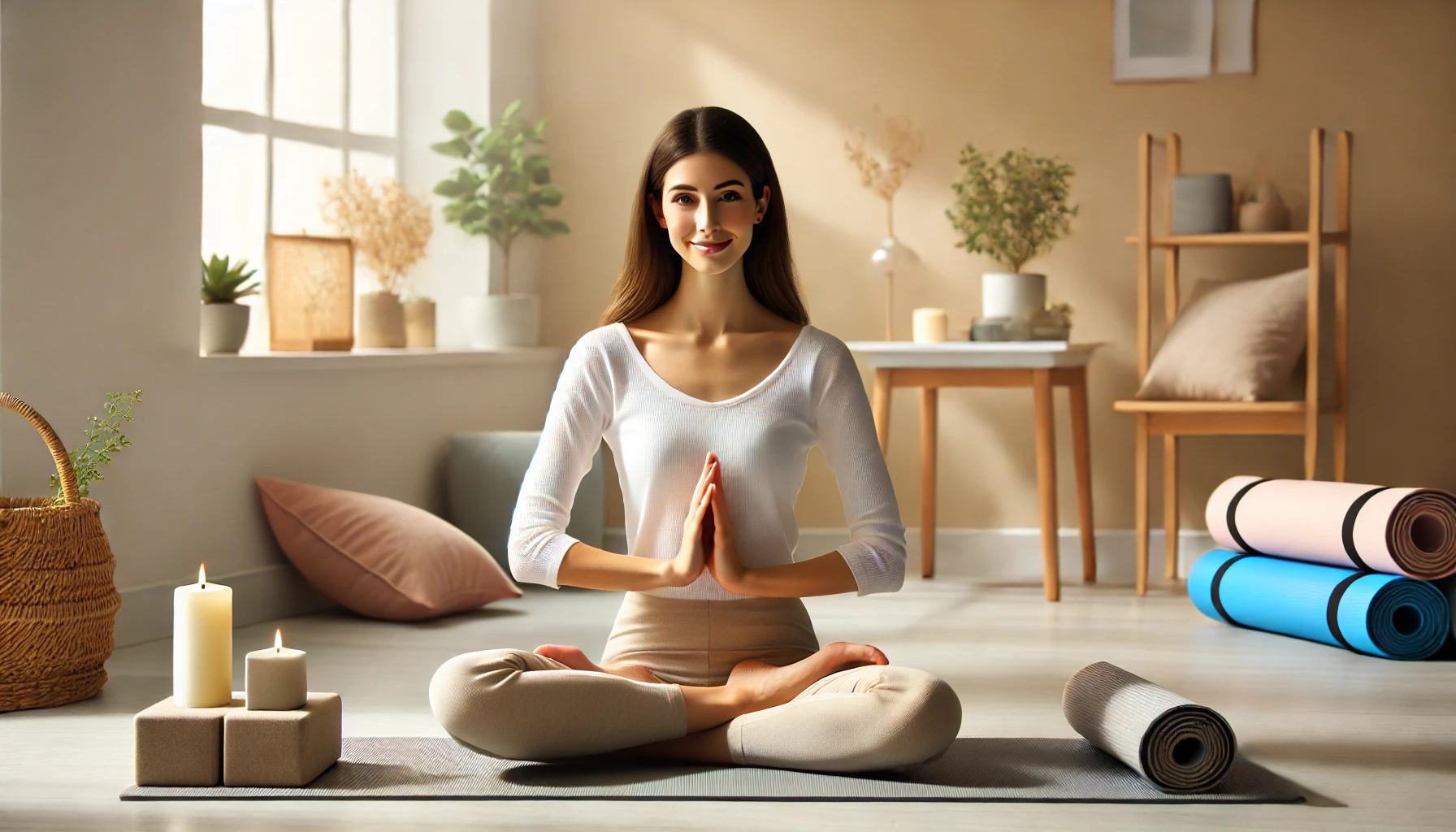Meditation for Yoga Teachers: Purpose, Practice, and Relevance Today
Goals and Significance in the Present Era
Let’s face it, what does the term “meditation” conjure up for you?
A mountain monk? A quiet room with a perfectly lit candle? Or simply the idea that “I can’t sit still for five minutes!”
Regardless of your affiliation, meditation has become a common topic of discussion, and with good reason. However, its origins, function, and strength are much more profound than the popular mindfulness applications or breathing GIFs that you see on your feed.
So let’s take a moment to slow down and investigate: Really, what is meditation? And why is it so important now?
The Yogic Definition of Meditation: It’s Not Just Sitting Still
Meditation in the yogic tradition is more than just mental relaxation. It isn’t a task. It’s not a quick-fix method you use after a stressful day. It is a state of being—a state that naturally occurs when the mind is calm, concentrated, and unaffected by outside influences.
The seventh limb of the eightfold path of yoga (Ashtanga Yoga) described by Sage Patanjali in the Yoga Sutras is known in Sanskrit as Dhyana. Before achieving Dhyana, a practitioner establishes a strong foundation: physical discipline (Asana), breath control (Pranayama), withdrawal from sensory distractions (Pratyahara), focused concentration (Dharana), and ethical living (Yama, Niyama).
Therefore, meditation is the blossoming of an entire way of life, not the beginning.
But Hold on… Why Practice Meditation Now?
The modern world is noisy, let’s face it. Social media rabbit holes, deadlines, notifications, and the constant sense that you need to do more. Our minds are now overburdened, underrested, and pulled in a hundred different directions all the time.
At this point, meditation becomes not only beneficial but also necessary.
This is the reason:
- Mental Acuity in a Noisy Environment
The fog is lifted by meditation. It allows your overthinking mind to relax. Frequent practice improves perception, decision-making, emotional response, and thought clarity. - Reactivity, Not Stress, Is the Enemy
There will always be stress. Meditation alters your relationship with it. You can change the way you handle life’s obstacles by taking a few minutes each day to sit in awareness. Reduced impulsive responses. more realistic answers. - Self-Reconnection
We’ve become adept at keeping in touch with the outside world, but we’ve lost touch with ourselves. That silent reunion is meditation. A place where you can reconnect with yourself without the distractions, filters, or expectations. - Better Sleep, Emotional Well-Being
It’s more than just spiritual. The benefits of meditation are real; it has been shown through science to lower anxiety, increase emotional resilience, and improve sleep. It’s similar to mental housekeeping.
Also read: Consistency in Yoga: The Real Secret to Growth for a Yoga Instructor
How Do You Begin? Hint: It’s Not as Hard as You Think
You don’t need incense or a Himalayan cave, but feel free to use them if you so choose. The first step in meditation is paying attention. Just one breath. A single flash of insight. When your thoughts stray, make a gentle return.
Here are some guidelines for novices:
Start Small: You can develop the habit in as little as five minutes each day.
Select a Focus: Anything to focus your attention, such as a candle flame, a mantra, or your breath.
Don’t Fight the Mind: Having thoughts is normal. Return to your main focus with gentleness.
Be Consistent: Regularity, not length, is what makes a difference.
A Timeless Habit for a Timeless You
According to yogic philosophy, meditation should aim for liberation rather than merely relaxation. It serves as a gateway to truth, tranquility, and inner freedom. An internal journey that uncovers the silence that always existed beneath the cacophony.
And that stillness may be the most necessary and rebellious thing you can cultivate in today’s world, where everything is external, fast-paced, and competitive.
Concluding remarks
The next time life seems too much, too loud, or just plain overwhelming, keep in mind that you have something old, strong, and transforming inside of you.
Being flawless is not the goal of meditation. It all comes down to showing up. taking a seat. Inhaling. listening. Going back. Again and again.
It’s a conscious dive into life rather than an escape from it.
Do you want to delve further? Check out our online teacher training program if you’re interested in learning about the Yogic path in all of its facets, including breathwork, meditation, philosophy, and therapeutic techniques.
Our course helps you experience meditation not just as a practice but as a way of being, regardless of whether you’re aspiring to teach yoga or you just want to incorporate yogic wisdom into your life.
